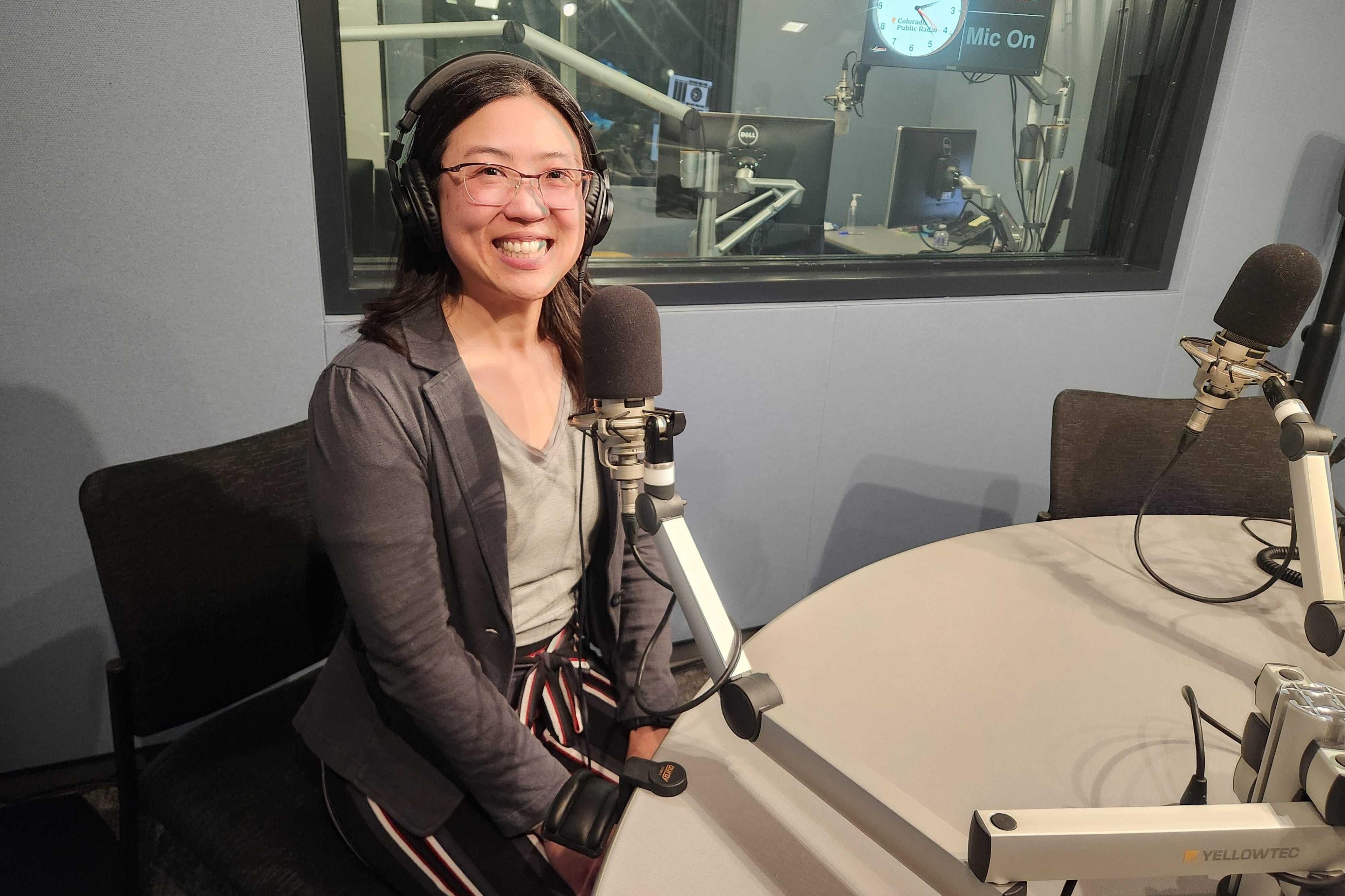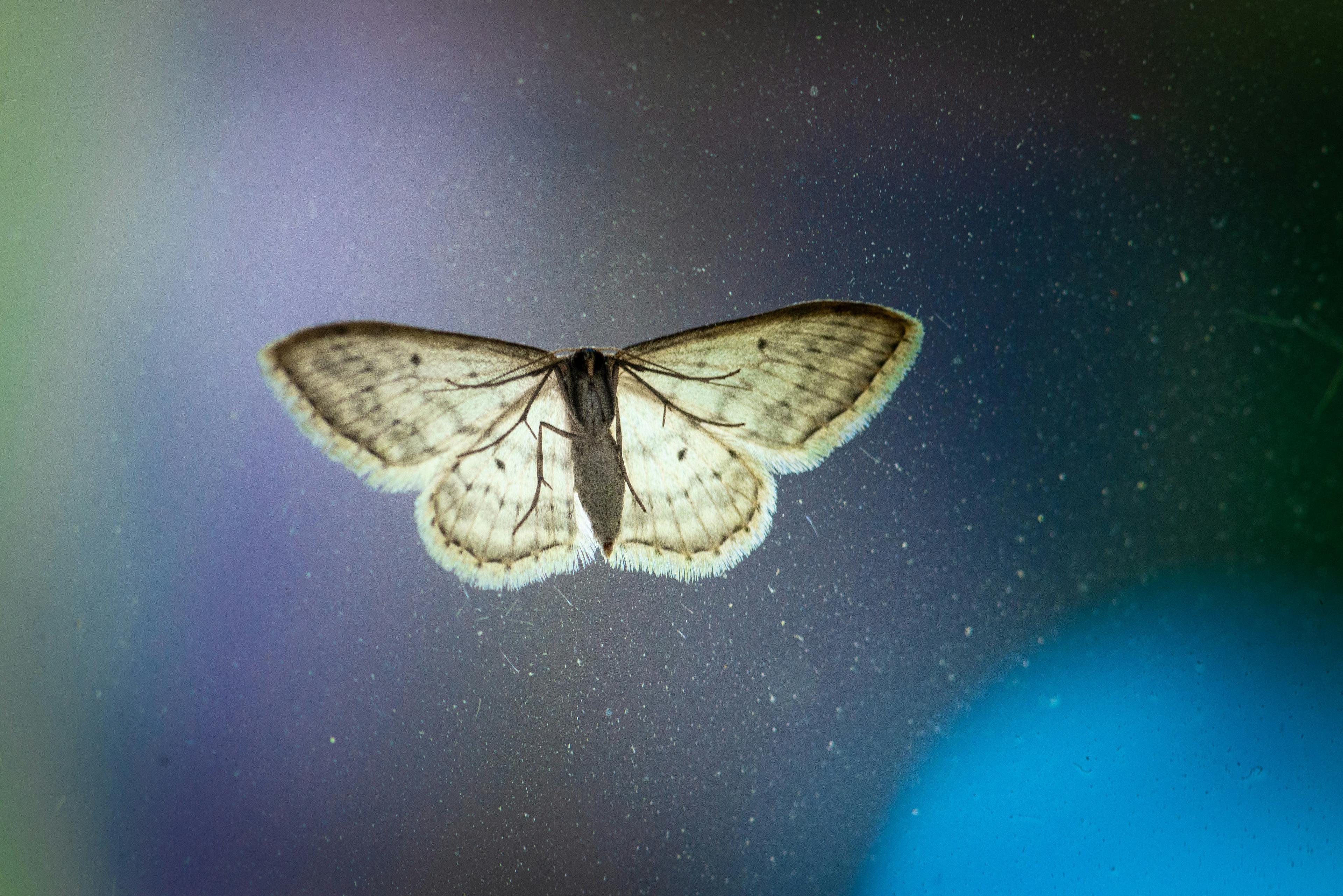
The fall semester at the U.S. Air Force Academy will bring with it a new building for training cadets on the latest in artificial intelligence and cybersecurity technologies.
Crews are in the final months of building the Madera Cyber Innovation Center, part of the largest flurry of construction at the academy since its founding in the 1950s.
Air Force officials said nearly $30 million in military construction funding and $38 million in private money has gone toward the three-story facility. It will house the academy’s computer and cyber sciences department, nine laboratories as well as a secure area that will function as a “war room” where cadets can monitor real military exercises around the world.
“Our mission is to rapidly prototype new solutions for the Air Force and bring those to the warfighter,” said Col. Burt Giovannetti, Director of Air Force Cyberworx, an academy-based organization focused on developing new technologies that will also call the new building home.
The 48-thousand square foot steel and glass facility echoes the 1950s mid-century modern aesthetic present around the academy. It’s named in honor of 1978 academy graduate and venture capital investor, Paul Madera.
Officials said all academy cadets will take introductory courses on computer sciences, cybersecurity and artificial intelligence in the facility.
Lt. Col. James Maher, deputy head of the academy’s computer and cyber sciences department, said a major focus for advanced cadets in the department will be to use the Madera Center for research into autonomous drones. That includes constructing missions for pre-programmed drones to fly around academy grounds and a drone testing room inside the Madera center.
“The cadets use simulations initially to test out their algorithms, but it will (eventually) be real drones flying inside of the building,” he said, adding some of the tests will involve sending swarms of drones that could carry out tasks like dropping aid packages to a downed Air Force pilot.
Officials said the building is outfitted with the fastest fiber optic networks possible to power advanced artificial intelligence programs.
“It's especially important for our cadets to get that experience with new technologies, to understand new technologies,” Maher said, “because our adversaries are doing the same thing.”









